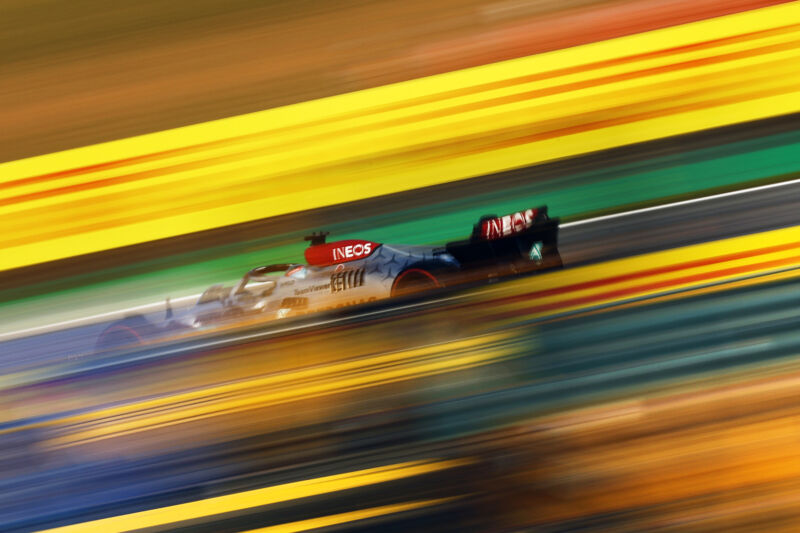-
 chevron_right
chevron_right
Synthetic gasoline promises neutral emissions—but the math doesn’t work
news.movim.eu / ArsTechnica · Friday, 5 May, 2023 - 10:45 · 1 minute

Enlarge (credit: Aurich Lawson | Getty Images)
Synthetic fuel promises to put gasoline back in our future. Motorsport will be using it in 2026, and European Union law is using it as a stay of execution for the combustion engine. Advertising promises that a future without fossil fuels doesn't need to be one without gasoline. But burning petrochemicals, wherever they come from, is still burning petrochemicals, and synthetic fuels come at a cost their supporters aren't talking about.
We live in perilous times. The annual Intergovernmental Panel on Climate Change report has become blunter with every edition. The sixth, published this March , described the steps we need to take to "secure a livable future." Not a good future filled with an abundance of resources and biodiversity, just a survivable one. We're in this situation because we've spent the better part of two centuries digging up fossil fuels and burning them, putting carbon and other greenhouse gases like methane into the atmosphere and causing significant global warming.
But even though there's a domino effect to climate change—drought breeds drought as the land cooks and water seeps into the sea, for instance—mathematically, there is still time to act.


